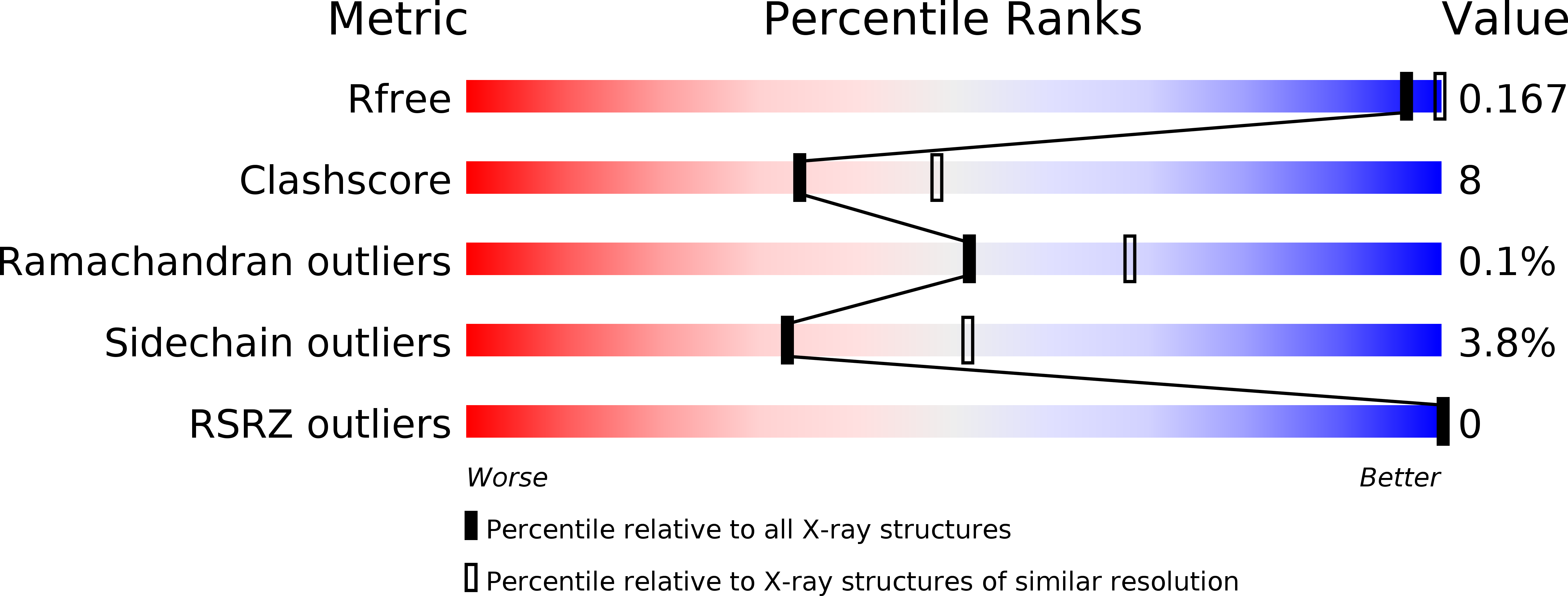
Deposition Date
2011-10-21
Release Date
2012-01-18
Last Version Date
2024-10-30
Entry Detail
PDB ID:
3UAO
Keywords:
Title:
Structure and Catalytic Mechanism of the Vitamin B3 Degradative Enzyme Maleamate Amidohydrolase from Bordetalla bronchiseptica RB50
Biological Source:
Source Organism:
Bordetella bronchiseptica (Taxon ID: 518)
Host Organism:
Method Details:
Experimental Method:
Resolution:
2.40 Å
R-Value Free:
0.17
R-Value Work:
0.12
R-Value Observed:
0.12
Space Group:
H 3


